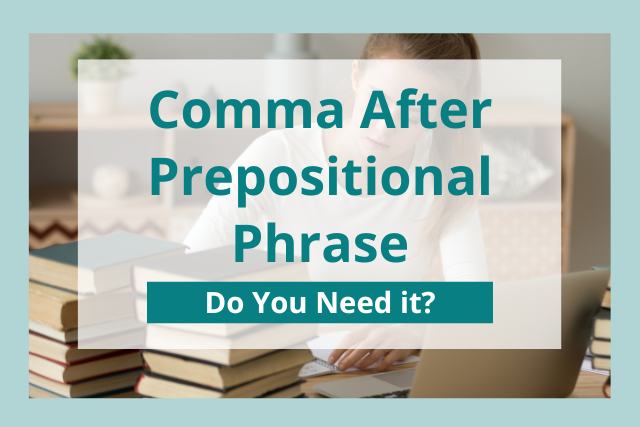
An introductory prepositional phrase sets the scene for the main phrase. It is often to do with time or location, e.g. In the morning or In 2018. An introductory prepositional phrase starts with a preposition (words like in, on, after, before).
For short introductory phrases (fewer than four words), you can choose to add a comma or not. For longer phrases, you should always use a comma.
Short prepositional phrase:
- Correct: In the morning let’s go to the zoo.
- Correct: In the morning, let’s go to the zoo.
Longer phrase:
- Correct: On the morning of his birthday, Robbie wanted to go to the zoo.
- Incorrect: On the morning of his birthday Robbie wanted to go to the zoo.
Note: you might also find these prepositional phrases in the middle of sentences after a conjunction, e.g. He went to bed, and in the morning, he wanted to go to the zoo.
For these, you should follow the same rules as if they came at the beginning of a sentence.
